Owners of electric vehicles (EVs) in southeast Queensland and northern New South Wales have deployed the vehicle-to-load (V2L) function of their cars to power essential appliances in their homes as they deal with the aftermath of Tropical Cyclone Alfred.
V2L technology allows power to be sent from the car’s battery to external appliances via an adaptor fitted to the external charge port or via an orthodox 240 V three-pin socket inside the cabin. Some vehicles offer both and an increasing number of models available in the Australian market now offer V2L capability.
With almost 220,000 properties across southeast Queensland and northern NSW still without power on Monday, and network provider Energex saying it could take a fortnight to restore the hardest hit areas, owners of those EVs have taken to social media to detail the benefits of their “batteries on wheels.”
One EV owner said their Ioniq 6, featuring 3,6 kW peak output capacity, had “saved their bacon” in recent days, providing power for home appliances.
“Worked a dream with 15 Amp extension cord and powerboard,” they said. “Ran some lights, coffee maker, microwave, fridge, TV, modem/router, and my son’s airfryer when he and the family arrived to make dinner. Even ran a small A/C for six hours. I was a bit extravagant (A/C ~ 1,600 W) so used about 22 kWh (28%). I estimated max current draw, everything on at the same time (excluding airfryer – 1,800 W) as < 8 A.”
Another said we have “been running our fridges and other appliances now for 42 hours and I’m down from 93% to 63% in our 2024 Kona.”
An MG owner said “we are using both our solar house battery 9.6 kW and our MG4 V2L to provide power. Both lightly loaded solar battery almost to 25% and MG4 still near 100%.”
The ability of EVs to provide support during the blackout comes with studies demonstrating that V2L and vehicle-to-grid (V2G) systems can provide backup to the grid in an emergency.
Bjorn Sturmberg, research leader of the Battery Storage and Grid Integration Program at the Australian National University in Canberra, said the technology has the potential to revolutionise the way we use and manage energy in transportation, homes and businesses.
“EV batteries are large, roughly five times larger than household batteries, and when fully charged they typically store about as much energy as an average household uses over two to four days, so the national fleet of EV batteries could play a vital role in avoiding blackouts,” he said.
Australia’s EV market share grew gradually in 2024, with EV sales up 4.7% on the previous year, outpacing the broader motoring market. According to the Federal Chamber of Automotive Industries (FCAI), Australians bought a record 91,292 EVs in 2024, up from the 87,217 sold in 2023, with forecasts tipping sales will rise 15-19% in 2026.
This content is protected by copyright and may not be reused. If you want to cooperate with us and would like to reuse some of our content, please contact: editors@pv-magazine.com.




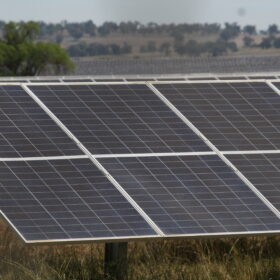
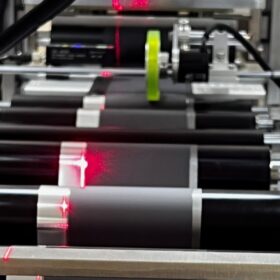
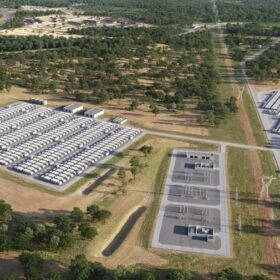
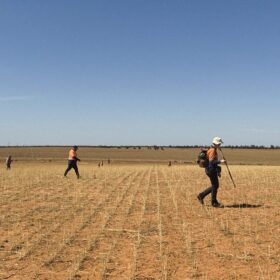
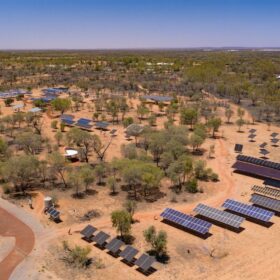
By submitting this form you agree to pv magazine using your data for the purposes of publishing your comment.
Your personal data will only be disclosed or otherwise transmitted to third parties for the purposes of spam filtering or if this is necessary for technical maintenance of the website. Any other transfer to third parties will not take place unless this is justified on the basis of applicable data protection regulations or if pv magazine is legally obliged to do so.
You may revoke this consent at any time with effect for the future, in which case your personal data will be deleted immediately. Otherwise, your data will be deleted if pv magazine has processed your request or the purpose of data storage is fulfilled.
Further information on data privacy can be found in our Data Protection Policy.